Fantôme Kino B&W ISO 8 – Shadowy Blacks and Stark Contrasts
1 12 Share TweetWe asked three photographers with their own distinctive photography styles to test the Fantôme Kino B&W ISO 8, our low ISO black & white film. How does the Fantôme Kino B&W film fare in street photography, portraiture, and landscapes? Our three testers share their astounding photos and first impressions about this show-stopper.
Patrick Dreuning
Patrick Dreuning grew up in a town nearby Rotterdam, but now lives in Maastricht – a small city in the south of The Netherlands, right next to Liège and Aachen. He says it's a nice old city with lots of street spots, making it ideal for testing a roll of film.
"I consider myself a true street photographer. As soon as I leave my house, I have a camera with me to be prepared for every situation. Usually, my go-to film would be Ektar 100 for colour and HP5 for black and white, I prefer them because of the contrasts both films give. As I am still trying out different films, a low ISO film never crossed my mind to choose as a street photography film, but, because of the contrast in the images, I wanted to try it out. And I love contrasts so much that when this post came by I thought this is my chance to try it out, so I did!"
Can you tell us a little bit about the photos you took with this film?
I have planned a lot for this roll of film, but due to the COVID pandemic, my original plans were ruined, so I decided to go out in my neighbourhood. The idea was to get movement in all the shots because of the low ISO, I thought it would look great with longer shutter speed and getting some movement. I went to the streets in search of interesting compositions that could be empowered by movement. That is also why I went for the 28 mm, a wider image makes it easier to get more into the frame.
Have you had experience with similar low ISO film before? Did it influence your usual approach to street photography?
To be honest, I have never shot so low before. I am more of a pushing kind of guy, I love to push my film +1 or +2 stops to test the boundaries for it. Although I loved this low ISO film a lot, and would definitely try it out for more experimental shooting. For my next roll I want to try out working with a flash with long exposures, with multiple flashes.
Do you have a favorite picture of the photos you've taken? Why do you like it especially?
I took a shot of a bus rushing by because of the 3-sec exposure the bus stretched out over the picture, I really like this shot because it is always a surprise what comes out, also took some self-portraits at the end of the roll I do like those a lot as well.
Do you have any tips and tricks for other Fantôme Kino B&W ISO 8 users? For what purposes would you recommend the film?
A light meter is pretty handy at these low ISO speeds, of course, it's fun to experiment with it but I like my shots to be nicely exposed so I know what is coming out. I already took a risk developing it myself so I wanted to have the exposure spot on and it worked. I developed it with the Cinestill DF-96 mono bath for 7 mins and the results are amazing! Also, use a tripod unless you have a 1.4 lens and great light you can do some handwork but I would recommend a tripod at all times!
Visit Patrick's website or follow him on Instagram to see more of his photos.
Michel Leung Kut
Michel Leung Kut, a Paris-based photographer, started shooting film since his father gave him a 110 camera in the '80s. It was five years ago when he pursued it seriously. Now that he is currently in a transition in his professional life, he aims to make a lot more room for photography – perhaps create zines and photobooks, which he loves making. "The recent events in the world and in my personal life push me to take some time to concentrate on my current photographic project which topics are memories, mourning and time," he shares. "Through my street snaps I try to take pictures at the edge between realism and abstraction. I mostly use black and white for this reason, because B&W is one step back from reality."
For these photographs, he used a Pentax Spotmatic with a 50 mm f/1.4 lens and a 28 mm f/3.5. Usually, he prefers compact cameras or rangefinders, but for this film, he wanted more control, and he knows that this camera works best at low shutter speed.
How was your experience shooting with the Fantôme Kino Film? What did you think of it, compared to other B&W films?
I was at first a bit worried about the exposure time. I’m usually used to shoot iso 400 films at f/8 with zone focusing method. I was concerned that using the Fantôme Kino would slow down my process. In practice, I got used very quickly to expose at 1/60 or 1/30 with the lens wide open. The good weather helped a lot and it was the occasion to play with a shallow depth of field without using an ND filter. It affected a bit the kind of subjects I chose and pushed me to think more and be less instinctive at first. But at mid-roll I found my way with it. Overall I loved the experience of shooting this film as it questioned my usual way of shooting.
To talk about the results, I love the very high contrast I obtained developing it with Kodak HC110. Compared to other black and white films, it is clearly the most contrasty I experienced. Also, I found that the film needed to be overexposed a bit If I wanted a little bit of details in the shadows, but I usually don’t.
Looking at your portfolios, you seem to be a big fan of deep contrasts. Are you able to create this look naturally (film choice/development) or in post?
Yes, I really do like very deep contrasts, it is probably due to my influences and the fact that it’s another way to step back from reality. I usually push the contrast a bit in post, I didn’t need to do it with the Fantôme Kino!
Can you tell us a little bit about the photos you took with this film?
The picture of the child with cotton candy is exactly the kind of shots I wanted to have with this film: dreamy, contrasty, like suspended above reality. All the pictures were shot in the streets of Paris. As I usually do I tried to take pictures following my instinct. Looking at those pictures it feels that they express a transition. People on those pictures seem to be in-between two states maybe because I’m also currently between two states in both my personal and professional life.
Have you had experience with similar low ISO film before? How does the low ISO of the film influence your approach and choice of subject?
I never experienced low ISO film before and it’s funny that I got to use this film now because I’m currently thinking about slowing down my process and my way of taking pictures as I started using pinhole cameras for a project about my childhood memories. With this first roll of Fantôme Kino, I tried to produce my usual style but with a slower shutter speed. I think I need to use it again to embrace a bit more the motion blur and the abstraction it brings. Concerning the choice of subject for this first roll, I chose a lot of non moving subjects but next time, I’ll have a lot more fun with moving ones.
Do you have any tips and tricks for other Fantôme Film users? For what purposes would you recommend the film?
First tip, don’t be afraid. Second tip use a camera with which you have control and which you know perfectly. Third tip embrace the motion blur and the shallow depth of field. Last tip, have fun and buy more than one to be able to experiment a lot with it. Concerning the purpose, I’d use it for dreamy surrealist shots and abstracts but I really think it would be perfect for beautiful portraits in broad day light. And finally, if you like very high contrast, it’s a no-brainer.
Follow Michel on Instagram to see more of his photos.
David Hancock
YouTuber and Writer David Hancock is from Denver, Colorado. He creates content to help photographers learn film (primarily) and digital photography. His channel focuses on tutorials for various films, cameras, lenses, and techniques. David also hikes Colorado’s mountains avidly and makes hike logs documenting his adventures. Many of David’s videos feature his dog Steinbeck, who spends his non-hiking time asleep on the couch.
What were your experiences with the Fantôme Kino B&W ISO 8? What do you think of it in contrast to other B&W films?
I greatly enjoyed the Fantôme. There are some Lomo films that I greatly love – Potsdam, Metropolis, and now Fantôme 8. It delivered rich tones with images as smooth and tactile as velvet. Performance-wise, it is in line with other ultra-slow films like Aox CMS 20 II and Rollei RPX 25, but differently than both. The contrast is less harsh and the dynamic range greater than Adox CMS 20 II. The dynamic range is a bit more limited than Rollei RPX 25. In regards to dynamic range, I never felt like having more would have made a huge difference in my shots and I do feel like the image character in Fantôme 8 benefits from the film stock performing as it does.
The Fantôme ISO 8 benefits from flatter light, as is the case with all slow films. I like the image character a lot. My take on specialty film stocks is this: if it doesn’t provide something unique, new, or creative in the marketplace, don’t make it.
Can you tell us a little bit about the photos you took with this film?
I tried to take a wide array of images. At 8 ISO the film lended itself well to blurring the motion in moving water. Most of the photos I took were under either full sun or in shade on a cloudy day. I did try one indoor shot with a flash, my self-portrait, and that turned out shockingly well. The film did not suffer at all for the light only being Xenon. My favorite shots on the roll were my self-portrait, the shot of my hands, the shots of my dog, and the shot of Lake Emma with the small flower and rocks in the foreground. On the last shot, that was a challenge to obtain because I didn’t have a tripod and had to balance the camera on rocks and use the self timer for the shot. I took the roll of Fantôme 8 on a number of hikes, including my hike to the summit of Mt. Elbert, the highest mountain in the Rocky Mountains. The two photos of the flags and the ptarmigan (small bird) were taken on Mt. Elbert.
Have you had experience with similar low ISO film before? How does the low ISO of the film influence your approach and choice of motif?
I have. I enjoy slow films. The slowest film I’ve shot is Kodak 2383, an interpositive motion film that, developed using Tmax 100 times, shoots at 1.3 ISO. That’s an exceedingly hard film to use but the images that it returns are enlargeable to poster size from 35mm negatives due to the lack of grain. In fact, when I print from it, the grain clusters are so small that I can’t find them with a grain focuser. I have also shot CMS 20 II at 20, 12, and 6 ISO, RPX 25 at 25 ISO, and PanF 50 at 50, 25, and 12 ISO.
Film speed decidedly influences my subjects. Obviously, sports are out. But landscapes are a good choice. Narrow-depth-of-field portraits, too, are a good choice. Settings where I can control or predict the light are ideal. I find that when I shoot a slow film, and this was the case with Fantôme 8, that I take a lot more time to plan my shots. One struggle that ultra-slow films present is that the base tends to be clear, creating a hyper-contrasty negative with contrast that can be hard to control. Slow and dilute development seems to help reduce contrast. Had I developed the film differently, I think that I may have had more contrast than I could have handled in editing. To that end, a film developer like Adotech IV, which does a great job on reducing contrast for Adox CMS 20 II, would be useful to have developing times for at various concentrations for this stock. I found Fantôme 8 to be an ideal film for capturing outdoor scenes and shots in full sun. Even with full sun, I found that the contrast was controllable with good developing and with some contrast management in editing.
Do you have a favorite picture of the photos you've taken? Why do you like it especially?
The self-portrait that my wife focused for me is my favorite. It was a random ‘I wonder if this will work’ and I completely eyeballed the lighting setup and flash
power. After that, I like the Lake Emma photo quite a bit, the shot of the lake, rocks, and foreground flower. Lake Emma is an alpine lake in the amphitheater between Mt. Democrat and Mt. Buckskin here in Colorado. The hike to it is short, about 1.5 miles round trip, and fun. The lake is cold, a good location for cutthroat trout fishing, and has spectacular views of the Mt. Democrat summit. I took the Lake Emma shot facing away from Mt. Democrat to capture the rocky character of the lake and the way that the rocks on the shore give homes to plants and slowly ease into the water. I’m also a fan of the ptarmigan shot because, I’m guessing, no one else used this for wildlife and it was not easy to do so. A good fourth in my mind is the shot of the flags at the Mt. Elbert summit. Hiking to the top of Colorado, and the top of the Rocky Mountains, was a hard, hard day. The hike is 10.3 miles round trip with 4,400 feet in gain, starting at 10,003 feet. The flags at the summit were different colors and, though that doesn’t show on the film, I was glad to have brought the Fantome 8 with me to record, on film, that I made the summit.
Do you have any tips and tricks for other Fantôme Kino B&W ISO 8 users? For what purposes would you recommend the film?
- Use a low-contrast developer, dilute and slow.
- If you can get your digital images as raw files, that’s ideal. Tiffs are a good second choice. The editing ability that comes with high-data digital files will help a lot in the editing process.
- Keep your subjects as evenly lit as possible. A flat lighting or neutral tonality will still yield significant contrast.
- Don’t use a colored filter; there’s enough contrast built into the film already.
- Your best subjects will be portraits, landscapes, and sunrise or sunset shots where the natural warmth in the light, reduced light levels, and strong shadow angles can be used to extend exposure time and deliver exceptional tones.
- Unless you’re shooting an f/1.2 lens, or faster, you will almost certainly need a tripod or other stabilization. So use the film’s speed as an opportunity to take deliberate and planned shots.
Check out David's YouTube channel for photography tips or follow him on Instagram.
We'd like to thank Michel, David, and Patrick for sharing their photos and thoughts on the Fantôme Kino B&W ISO 8. Stay tuned for our next batch of testers!
2020-09-20 #gear #news #people #black-and-white #bnw #netherlands #social-media #iso-8 #fantome-kino #iso8 #fantome8 #fantome-kino














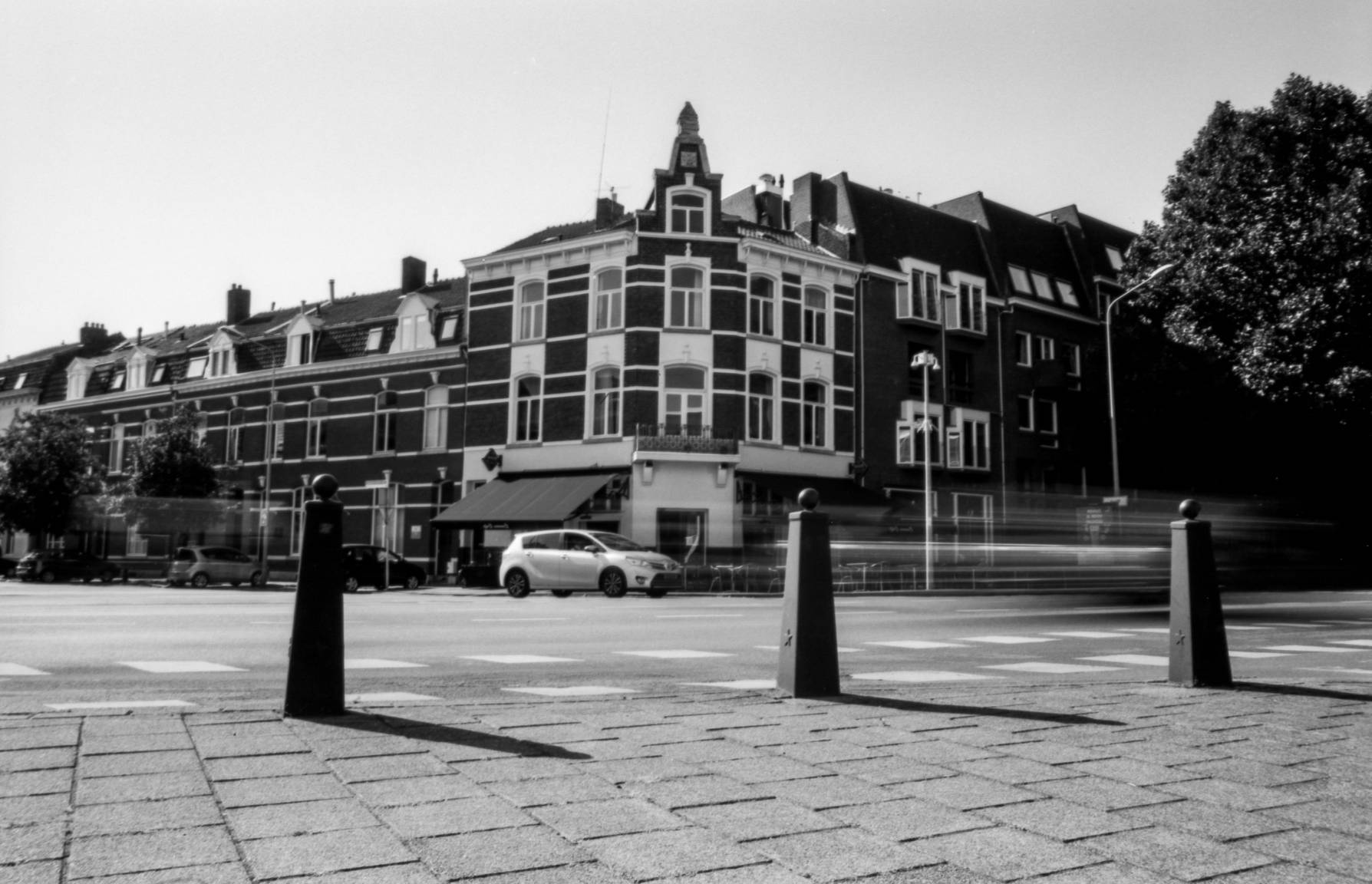

























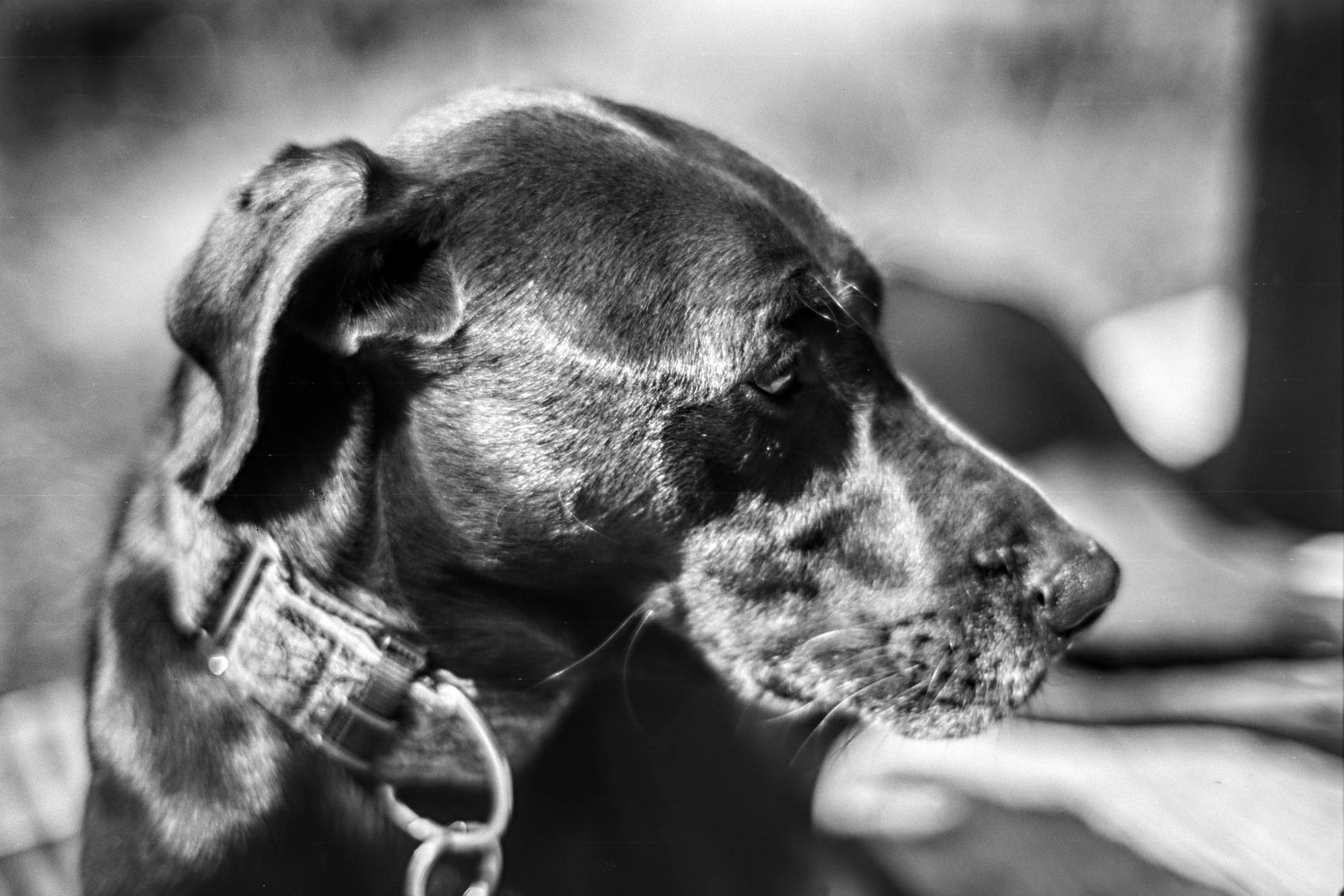


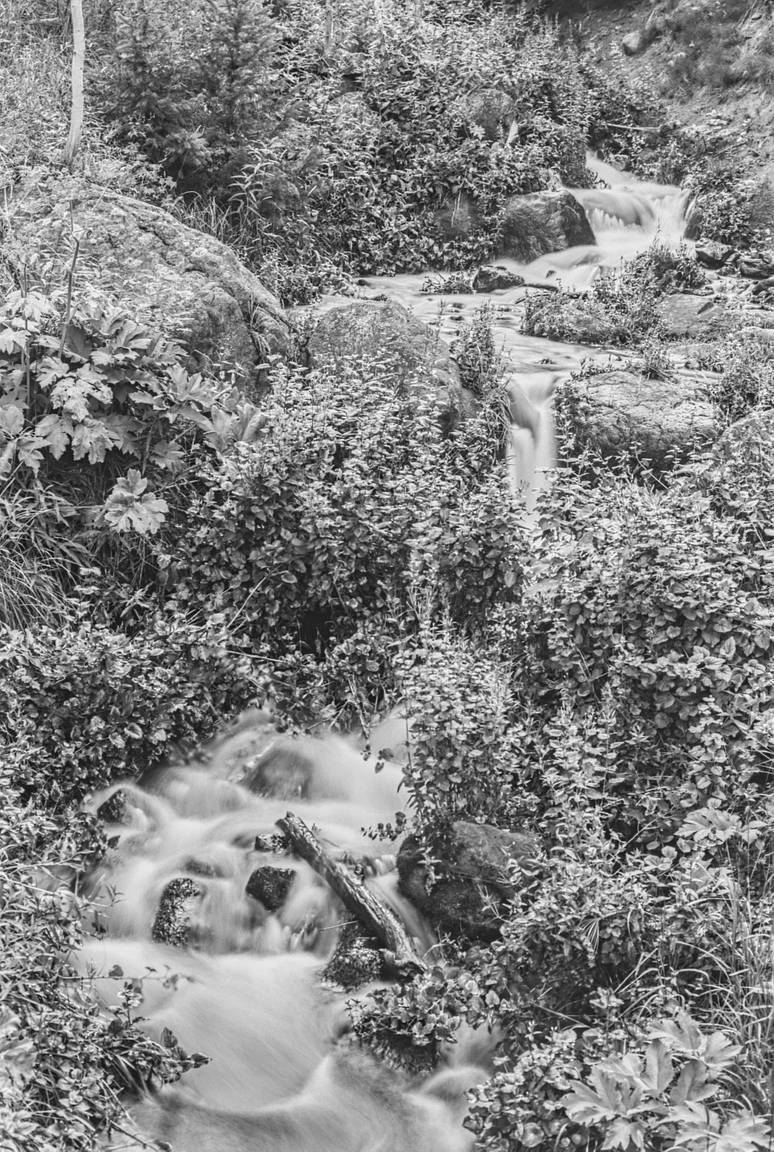



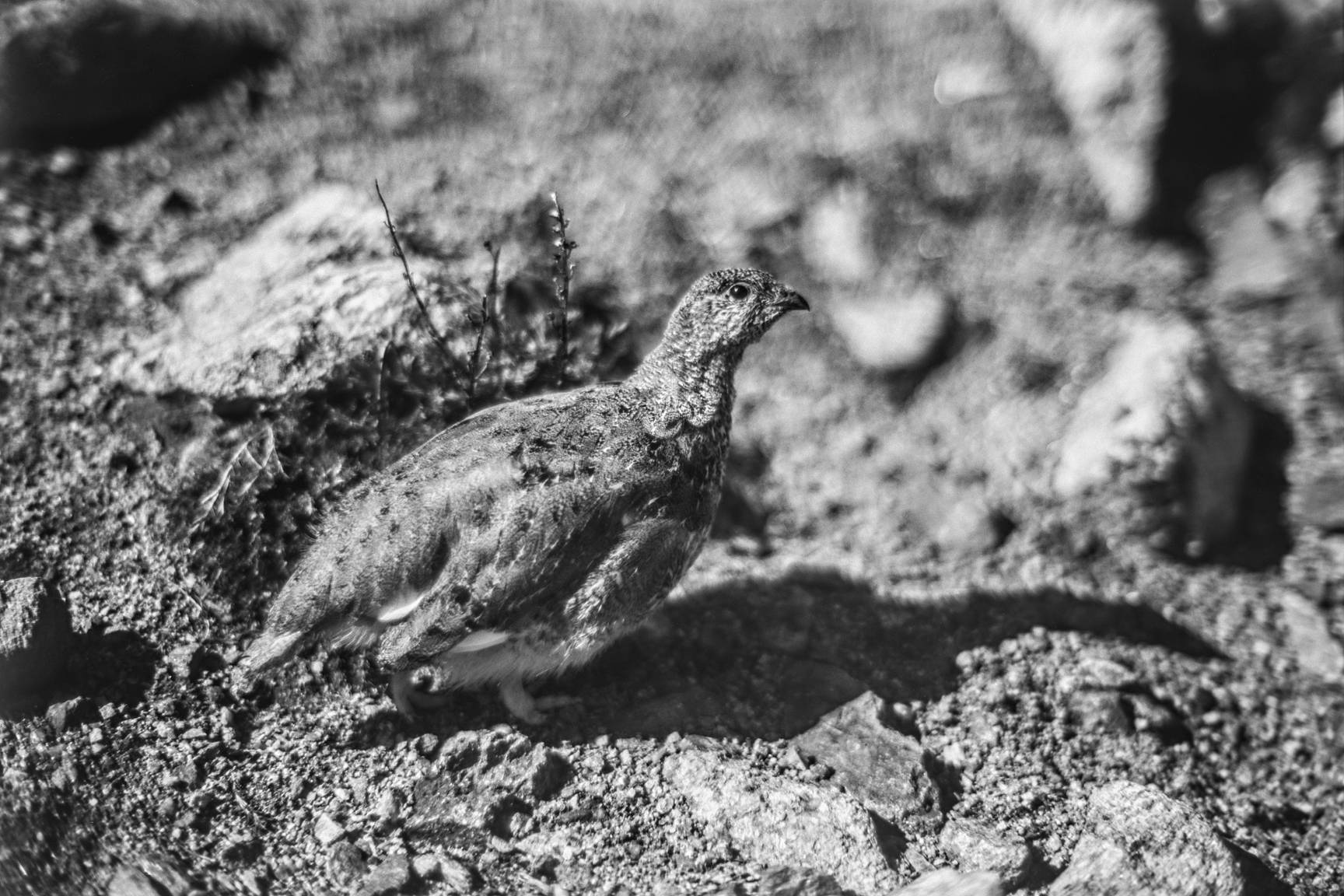


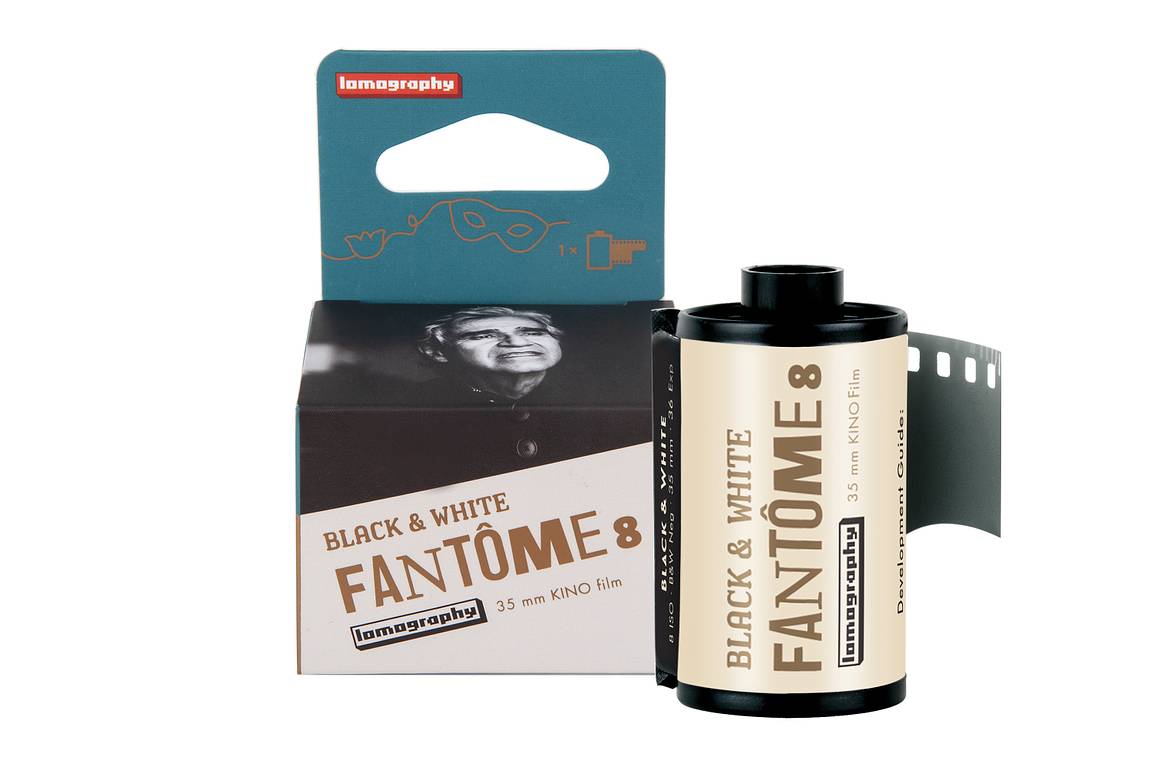
















One Comment